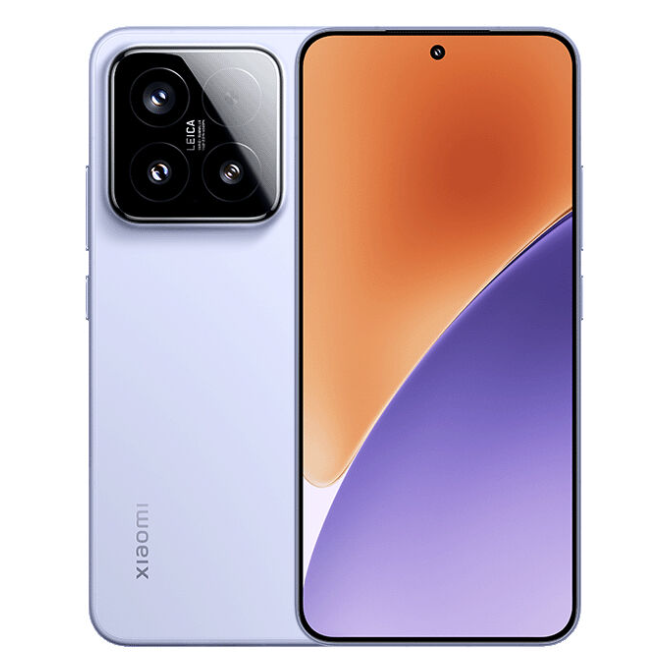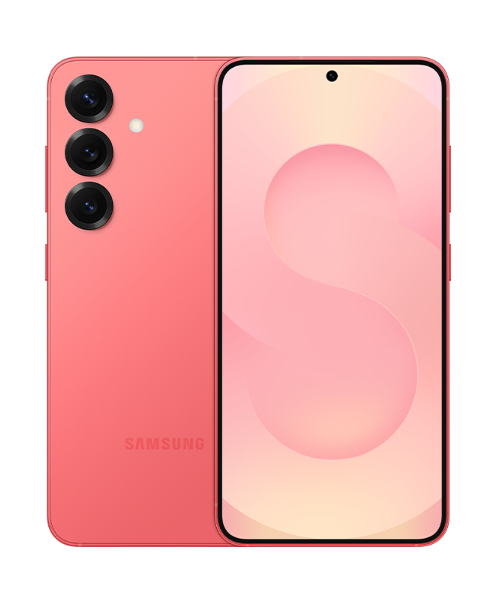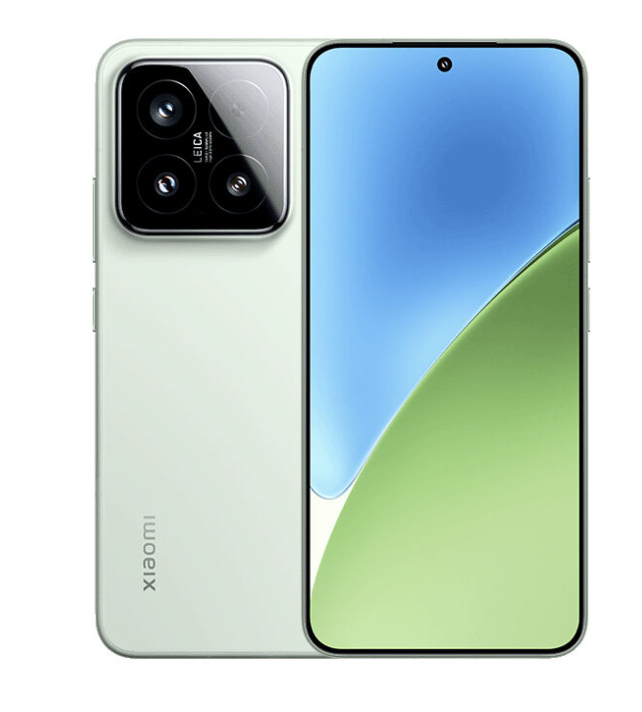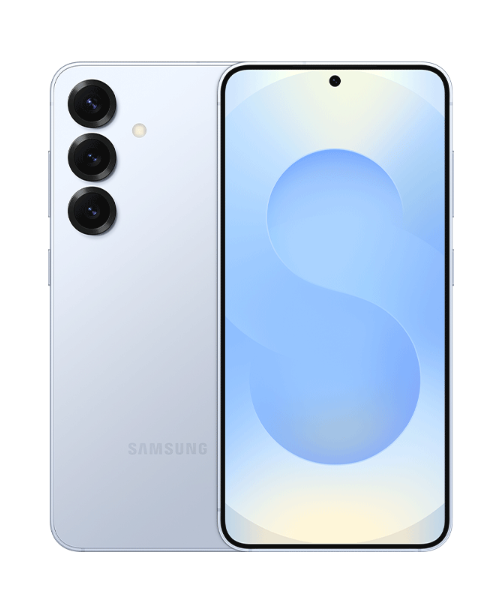With the Samsung Galaxy S25 and Xiaomi 15 both featuring top-tier hardware and the latest Snapdragon chipset, choosing between them comes down to brand preference, software experience, and value for money. Samsung promises long-term software support and durability, while Xiaomi offers better hardware at a lower price. This comparison is crucial for those deciding between a refined, premium flagship experience and a feature-packed, cost-effective alternative. Whether you prioritize software longevity, camera performance, or battery life, understanding their differences will help you pick the right flagship for your needs.
1. Design and Display

Both phones have premium glass and aluminum builds with IP68 water and dust resistance, making them durable for daily use. The Galaxy S25 features Gorilla Glass Victus 2 on both the front and back, while the Xiaomi 15 comes with shatterproof glass, which could offer better drop protection. Samsung uses its Armor Aluminum 2 frame, making it more resistant to bends, whereas Xiaomi opts for a lighter aluminum alloy frame.
The display technology differs as well. Samsung’s 6.2-inch Dynamic LTPO AMOLED 2X panel offers 2600 nits peak brightness, while Xiaomi’s 6.36-inch LTPO OLED screen goes up to 3200 nits, making it superior for outdoor visibility. Xiaomi also supports Dolby Vision, which enhances HDR content. Samsung has a slightly smaller screen but thinner bezels and an Always-on Display.
If you prioritize brighter and more vibrant colors, Xiaomi’s 3200-nit panel is a great option. However, if you prefer a slightly more compact phone with strong durability, the Samsung S25 is the better pick.
| Preview | Product | |
|---|---|---|
|
|
Samsung Galaxy S25 5G AI Smartphone (Silver Shadow, 12GB RAM, 256GB Storage), 50MP Camera with… | Check Price on Amazon |
Please Note: When you buy something using the links in our articles, we may earn a small commission at no cost to you.
2. Specifications

Both phones run on Qualcomm’s Snapdragon 8 Elite chipset (3nm), ensuring top-tier performance. However, Samsung has a slightly higher clock speed (4.47 GHz) compared to Xiaomi’s 4.32 GHz, which could mean better peak performance. Both devices use UFS 4.0 storage, but Xiaomi offers up to 1TB and 16GB RAM, whereas Samsung maxes out at 512GB with 12GB RAM.
Battery-wise, Xiaomi clearly leads with a 5400mAh battery compared to Samsung’s 4000mAh. Charging is also much faster on Xiaomi, offering 90W wired, 50W wireless, and 10W reverse wireless. In contrast, Samsung has 25W wired, 15W wireless, and 4.5W reverse wireless charging. This means Xiaomi can charge significantly faster and last much longer.
The Xiaomi 15 is the winner here, with a bigger battery and faster charging. However, Samsung’s efficiency in One UI may optimize battery life better over time.
3. Camera

Samsung sticks to a triple-camera setup (50MP main, 10MP telephoto, 12MP ultrawide), while Xiaomi pushes all three sensors to 50MP. The Xiaomi 15’s primary sensor is larger (1/1.31″) than Samsung’s (1/1.56″), meaning it should capture better low-light photos. Xiaomi also has a superior 50MP 3x telephoto lens, while Samsung’s is 10MP with the same zoom level.
For video, both shoot 8K at 30fps and 4K HDR10+, but Xiaomi adds 10-bit Dolby Vision HDR and LOG recording, making it a better choice for videographers. The selfie camera is also sharper on Xiaomi at 32MP vs. Samsung’s 12MP.
Xiaomi takes the lead with more detailed photos, better telephoto, and enhanced video capabilities. However, Samsung’s Best Face feature and Super Steady video make it more reliable for casual users.
4. Pricing
The Samsung Galaxy S25 is priced at around $799.99, while the Xiaomi 15 costs approximately $640. This makes Xiaomi significantly more affordable, offering better cameras, a larger battery, and faster charging at a lower price. However, Samsung justifies its premium pricing with 7 years of software updates, a more durable build, and a refined One UI experience. If you’re looking for long-term reliability and software support, the Galaxy S25 may be worth the extra cost. On the other hand, if you want the best value in hardware for your money, the Xiaomi 15 is a strong contender.
5. Conclusion

- Xiaomi has a larger 5400mAh battery and faster 90W wired/50W wireless charging, while Samsung has only 4000mAh with 25W wired charging.
- Xiaomi’s cameras offer higher megapixels (50MP across all lenses) with Leica tuning, while Samsung focuses on AI features and reliability.
- Samsung guarantees 7 major Android upgrades, whereas Xiaomi has a shorter but still premium software promise with HyperOS 2.
- Xiaomi’s display reaches 3200 nits with Dolby Vision, Samsung’s is slightly dimmer at 2600 nits but may be more power-efficient.
- Samsung has a more compact and durable build, while Xiaomi offers an infrared port and better display contrast.
Xiaomi 15 wins in hardware and pricing, but the Samsung S25 is the better choice for long-term software support and durability.
Read More:
- Comparing Samsung Galaxy S25 and Vivo X200: Which is Better?
- Comparing Samsung Galaxy S25 and Oppo Find X8
- Comparing Samsung Galaxy S25 and iPhone 16






